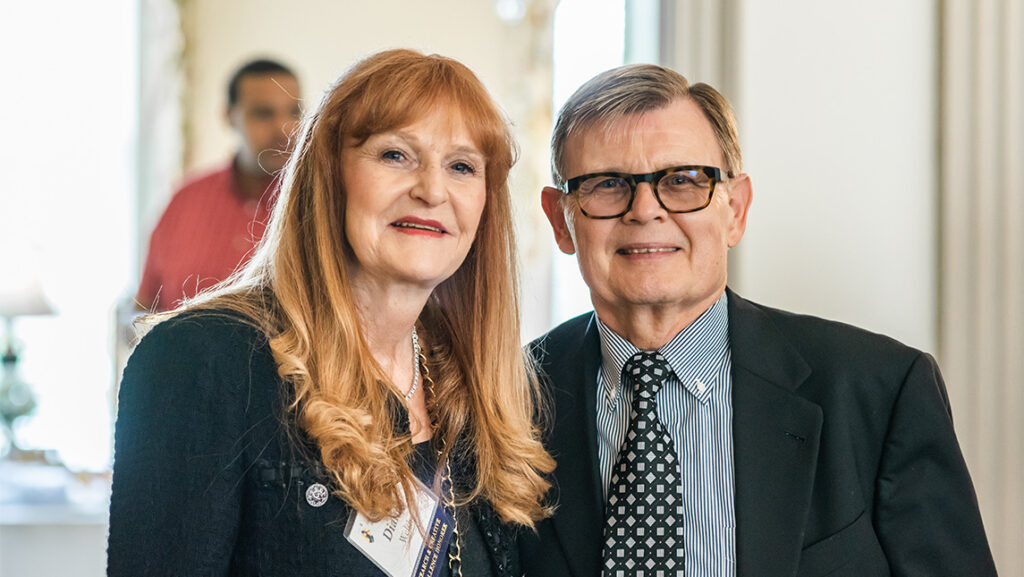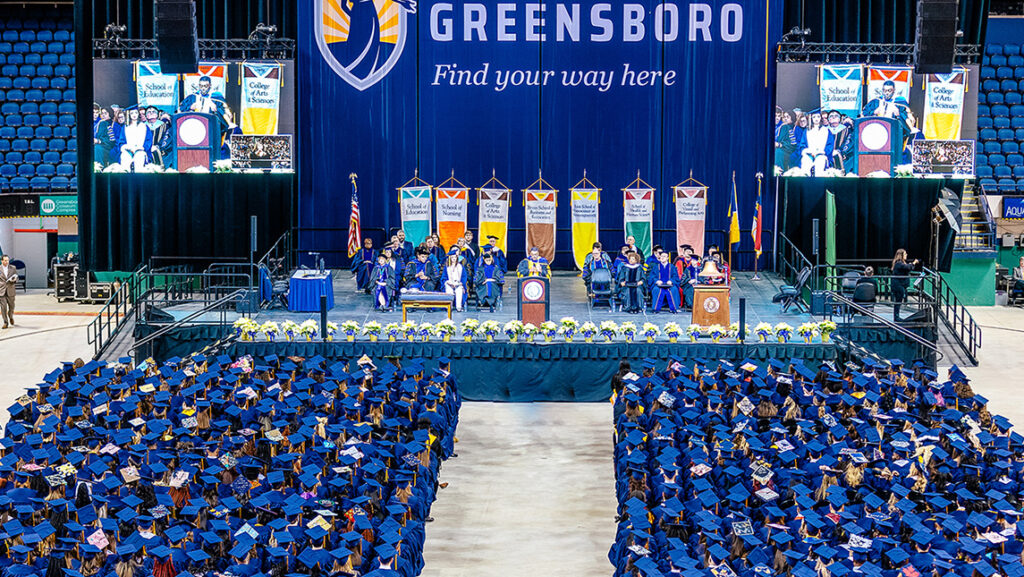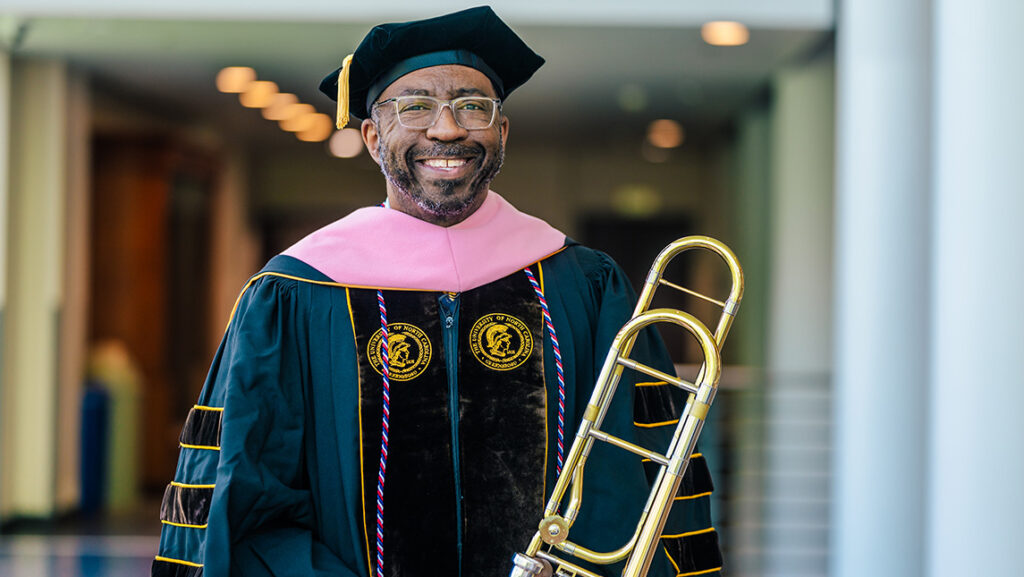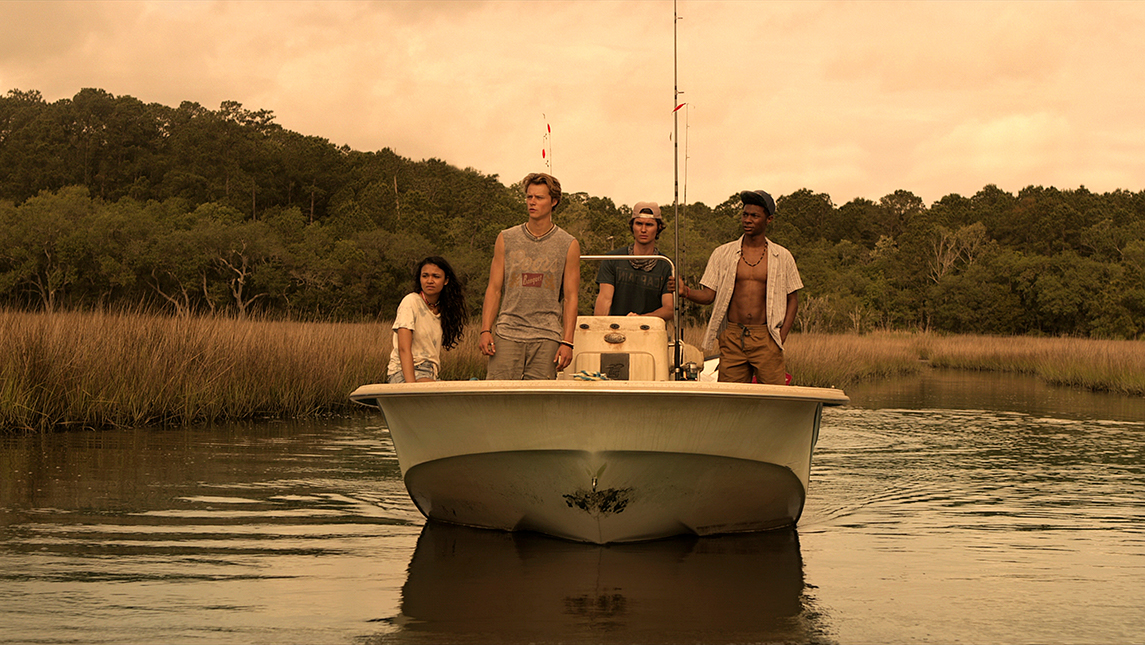
You’ve probably heard of “Outer Banks,” one of the most popular television series right now that held the top spot on Netflix’s charts in the U.S. and countries all over the world for weeks. Perhaps you, like many others, have binge-watched the whole season while in quarantine.
The show is about a group of teenagers on the hunt for treasure, and the plot takes place on, of course, the picturesque island of the Outer Banks.
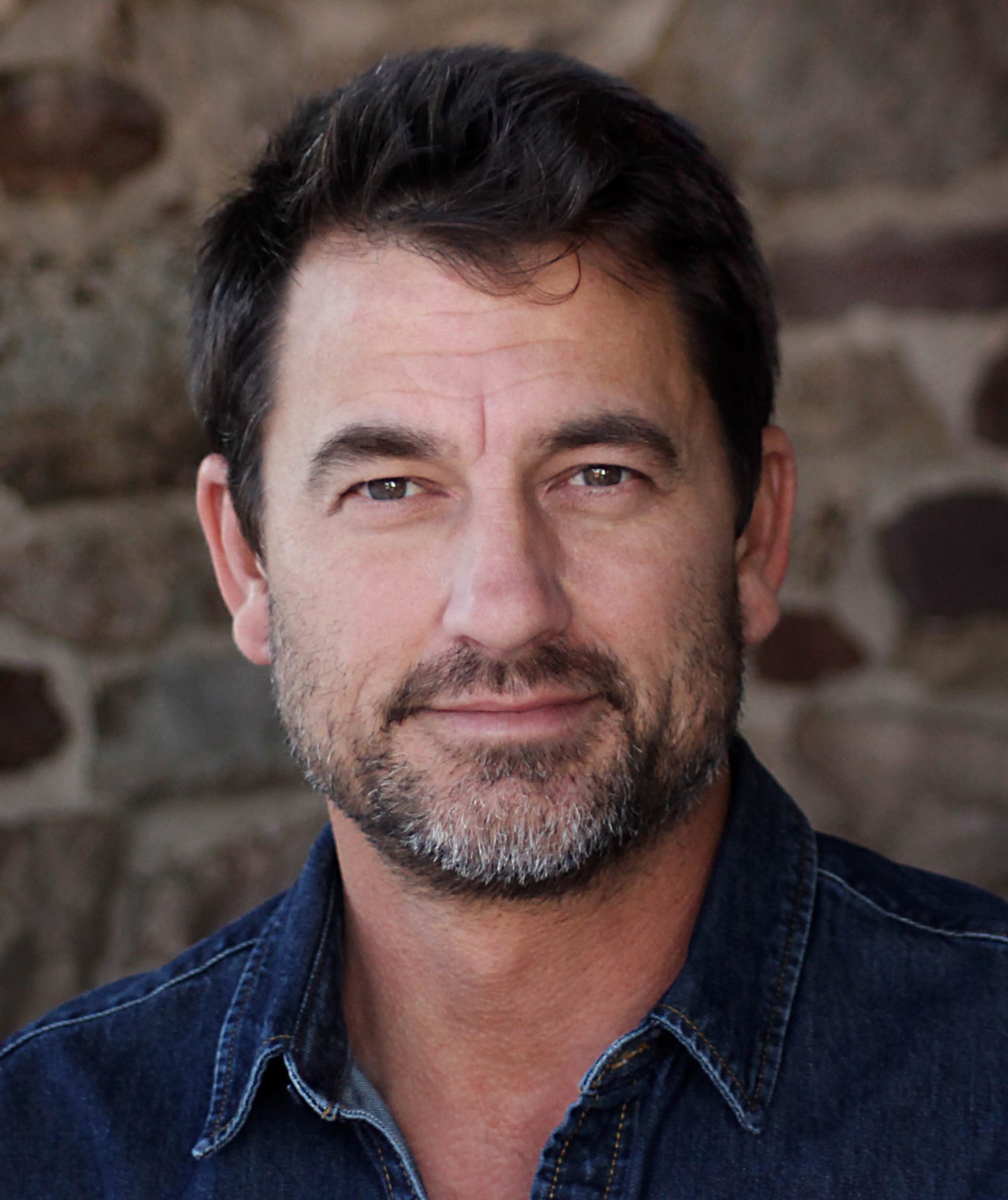
The cinematographer behind all of those beautiful sunset scenes is Brad Smith, a former UNC Greensboro student who studied in what is now the Department of Media Studies.
Smith has had an incredibly successful career since his time at UNCG, building an impressive resumé working on shows such as “Friday Night Lights,” “Quantico,” “The Americans,” and “Manifest.”
Learn more about Smith and his role in the show in the Q&A below:
When did you first become interested in filmmaking?
Filmmaking just came easily to me, even as a nine-year-old kid. I grew up on a cattle farm in the Greensboro area, and that’s when I really started shooting. Growing up in the 70s, I was very influenced by the movies that were made then. The way movies were shot was very cinematic and beautiful, and that filmmaking language stuck with me. I think you can always see a little bit of that style in my cinematography, no matter what project I’ve worked on.
Tell me about your time at UNCG.
When I was deciding where to go to college, there were only a few film programs in North Carolina at the time. I knew UNCG had a good film department, and I saw that they had cinematography classes, so that’s where I chose to go. The university just so happened to be in the town I grew up in, and that kept my resources available. I was still able to use my grandparents’ farm for movie sets, to borrow a tripod, or anything else that helped me practice.
The professors at UNCG really understood the industry at the time. The school had a close relationship with all of the television and media outlets in the area, so students always had the opportunity to go work for or assist at these stations. I think during just my second week of freshman year, I got to assist a sports cameraman at WGHP. Those opportunities really taught me about the fast-paced nature of the industry.
Frank Donaldson taught some interesting classes. One class that particularly stuck with me was his class on Charlie Chaplin. I didn’t realize it at the time, but years later I realized that learning how Chaplin made films helped me understand how to be a better filmmaker.
How was “Outer Banks” created?
One of my best friends, Jonas Pate, created it with his brother, Josh, and writer Shannon Burke. Jonas and I worked on a few shows together, so I got to form this great relationship with a very talented filmmaker from North Carolina. We both live in Wilmington, and a couple years ago, he started talking to me about the show, saying how special it was going to be, and how it wasn’t going to be like anything we’ve done before.
It feels really good to have created the look for the show with the show runners and work with one of my best friends. I think the success of shooting the show had a lot to do with our relationship, because we were together so much.
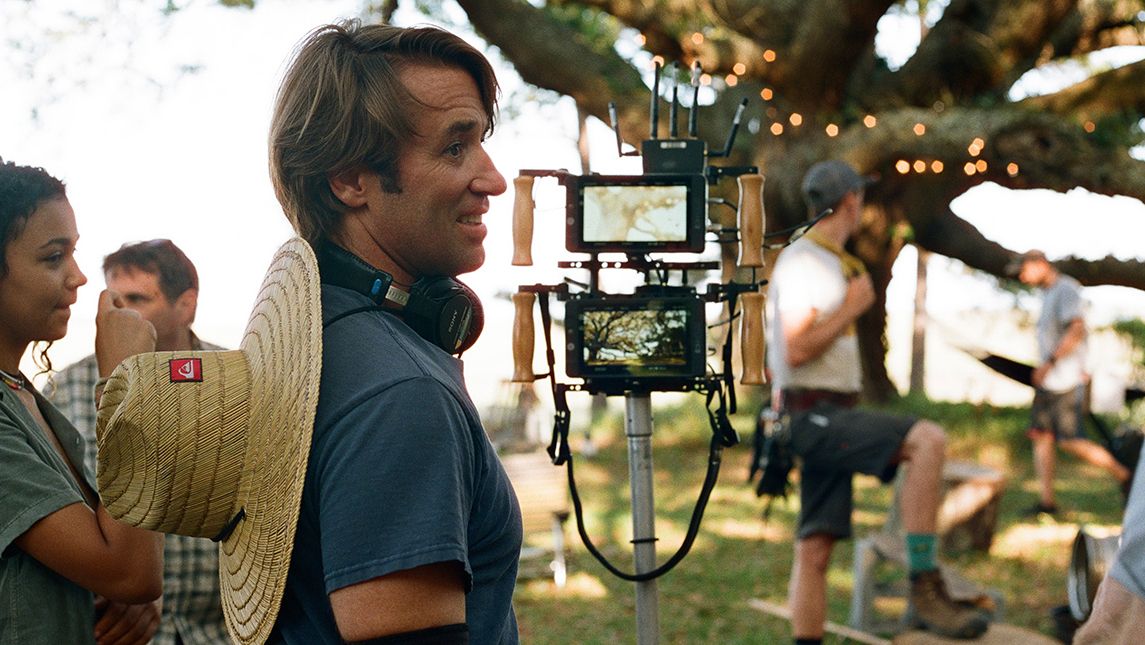
What was it like being the cinematographer for the show?
Other than a pilot episode I shot for ABC that didn’t get picked up, this was the first time I created the look of a show with the directors and the producers. I was handed a script that was just white pages with black letters and a description from Jonas of what he and his brother wanted the show to look like. It’s really hard to get into someone else’s head and give them exactly what they’re looking for. Their direction to me was that they wanted the environment to be just as much of a character as the main characters were. They wanted it to pull you in no matter what was happening with the actors or the plot. They wanted you to almost be able to pause it at any second, and the photography would captivate you and make you want to visit.
At the end of the day, I think we did that. People have mentioned the cinematography and mentioned the beautiful sunset shots. I’ve seen people comment, “Wow, did they shoot the whole show at sunset? How did they do that? Where was this show shot? I want to vacation there.”
The hardest part of the show was scheduling shots with the assistant director and director, because we always wanted to shoot the bigger scenes in beautiful light. That was a master puzzle to put together, and that puzzle would shift on an almost daily basis. Some of my favorite moments from set were the times when we were shooting a scene and the light was perfect. I would be excited. Jonas and the actors would be excited. We just knew that we were doing something special.
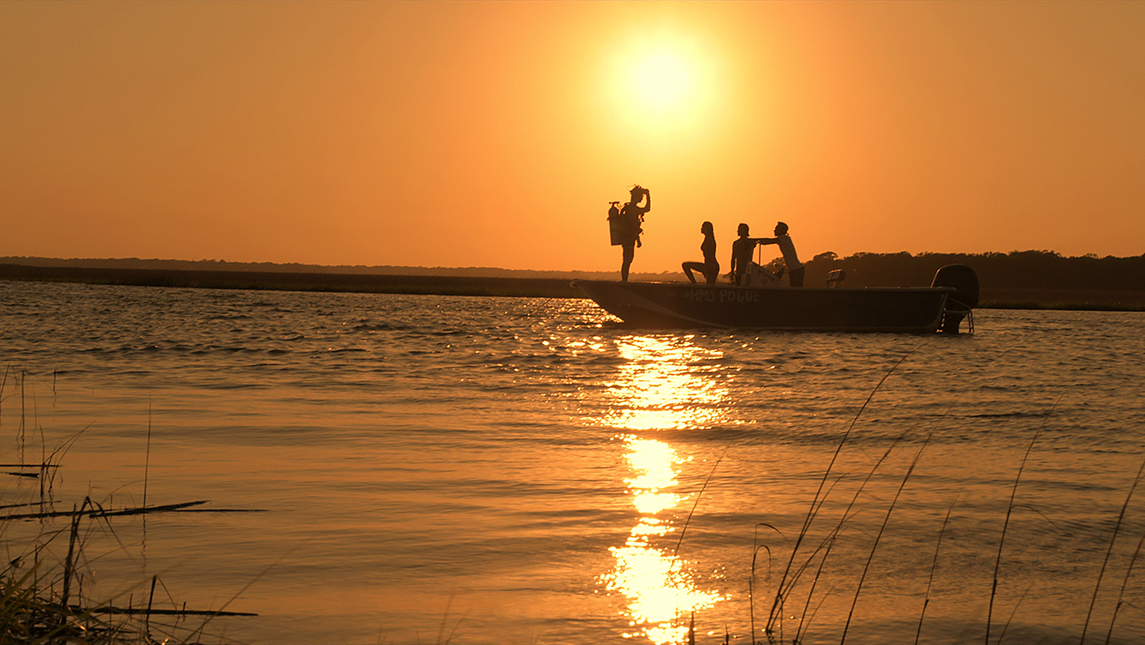
What was one of your favorite, most memorable scenes to shoot? (Spoiler Alert)
I think if there was one scene that stands out to me that I was really happy to get, it would be when John B. (Chase Stokes) and Sarah (Madelyn Cline) get off of a ferry after being in Chapel Hill, and it’s pouring down rain. We were shooting in Charleston, South Carolina, and when we saw the forecast that morning, we were like, “How are we going to shoot that scene?”
This heavy, nasty storm rolls in. We have to halt production if lightning is within seven miles, but luckily the lightning was far enough away that we could shoot. So, we had to make a decision very quickly. Do we shoot the scene in the rain or do we put it off to another day? We originally scheduled it to be really pretty and backlit because it’s the moment that John B. and Sarah show the audience that they’re in love. We asked Chase and Madelyn, “Hey, do you mind playing this in the rain?” And they said, “Let’s do it.”
So, we have to get these big master angles, all of our close ups, and all of our other angles, and we have to do it fast. It was very difficult shooting in that rain, but I knew when we were shooting it that every minute was special and made the scene even better. It’s a major testament to the camera operators, the assistant camera operators, the grips, and really the whole camera department and audio department.
We barely got that scene shot, and then lightning struck, and we all went running inside. We all knew we had done something brilliant that day. It’s compared to “The Notebook,” although we never intended for it to be shot in rain. I think that scene stands out out of all the ten episodes. It’s that moment that if you ask any 16-year-old girl what the biggest moment of the show is, that’s really one of the magical moments, and it all happened because of a quick decision to shoot in the rain. I would say that would be my favorite scene – having that type of emotional, climactic moment of falling in love happen in the pouring rain.
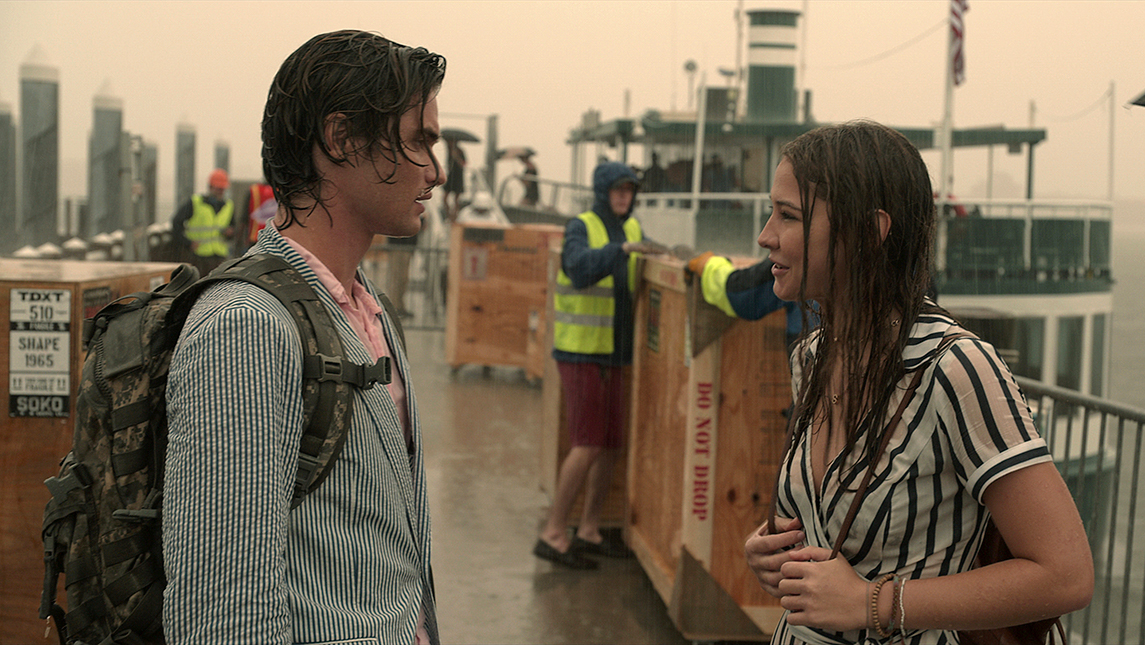
Did you ever predict the show would be as popular as it is?
I hoped it would. I knew we were making a really good product, but you never really know how it’ll do. I felt that teenagers were going to love the show. I didn’t know if you were 72 you would love the show. I didn’t know the action and adventure would captivate so many people. I also think the timing was perfect. Because of us all being in quarantine, we all needed a show with action, adventure, and treasure with a nice, beautiful sunset environment to lift us up.
I also have to give credit to Jonas, Josh, and Shannon Burke, the creators of the show. The hardest part of the process is the creation of the original idea. It’s so difficult to come up with a product that is going to be successful. Look how many shows are on Netflix, Amazon, Hulu, Apple TV, Showtime, and HBO. It’s hard to get a hit, and “Outer Banks” is a hit. It hit number one in countries all over the world and was the leading show in the U.S. for three weeks in a row. I’m very proud of it.
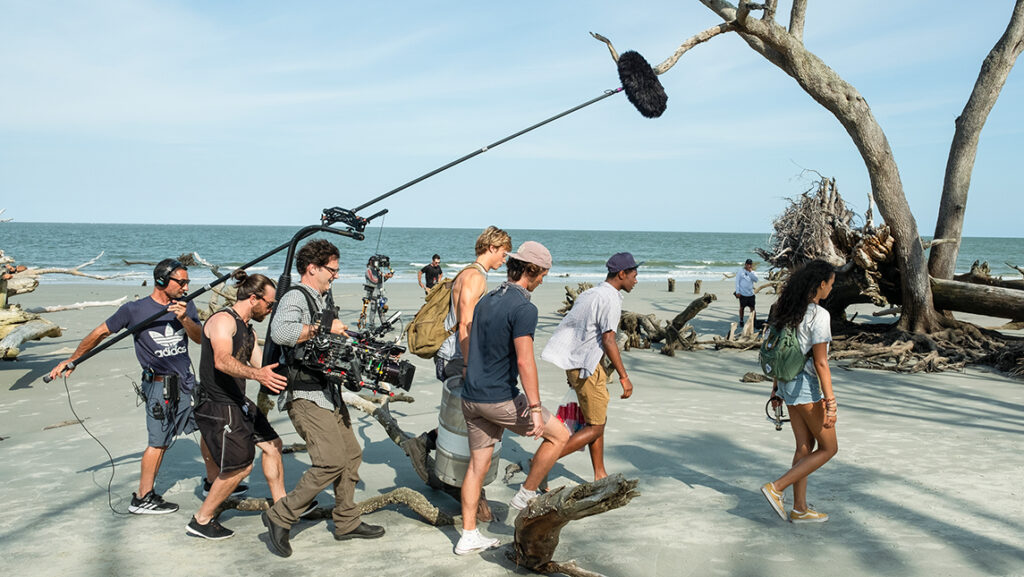
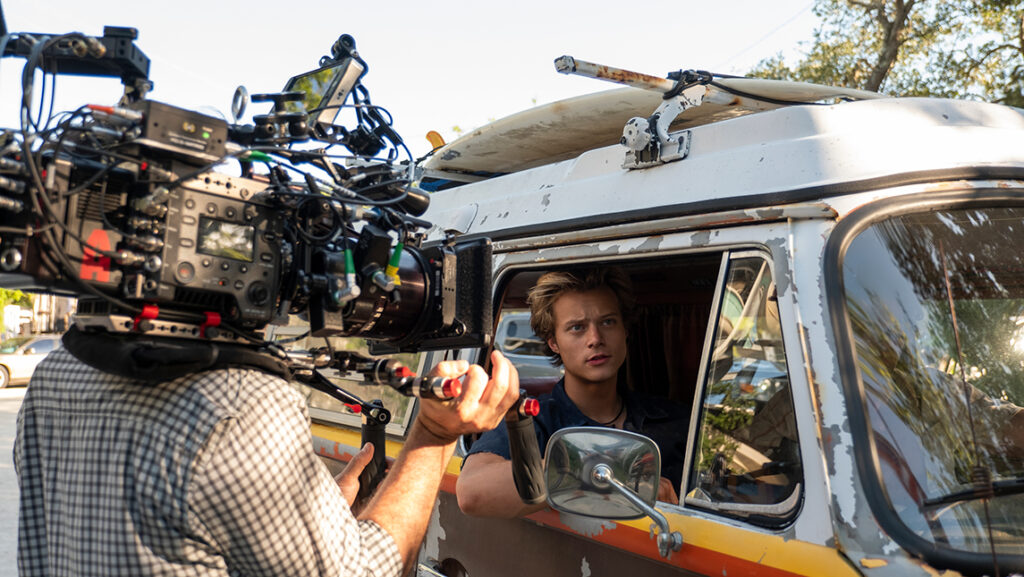
What advice can you give UNCG students?
Figure out your niche, define it, and put all your effort into it. I know there are jobs in my industry I would not be as good at, but I found my path early on through my natural interest in lighting and composition. I could see things with an artistic eye and be able to translate that into cinematography and tell a story.
The harder you work, the further you get ahead, and that leads to greater opportunity to be successful. Sitting in a classroom at the collegiate level was a big motivator to figure out how to get a job with a limited number of jobs available. The only answer was to be proactive and work harder. So, I did everything I could while I was at UNCG to have an advantage. I didn’t wait to be assigned a project. I did my own shooting on the weekends and during the summer just to learn as much as I could.
When I left UNCG in 1993, there were not many jobs available in North Carolina at television stations. I knew students from all over the state would be graduating and looking for the same job as me, so I drove to every television station in the state with a demo reel featuring the work I had done at UNCG, walked into the lobby in a coat and tie, and asked for a job. That’s how I got my first job. Although this was back in 1993 when there wasn’t the technology we have now, there is still a lesson to be learned about being proactive.
What’s next for you?
Before the pandemic hit, I was working on a show called “Billions” for Showtime. We are just trying to figure out when the industry can get back to work. I also think we can anticipate a second season of “Outer Banks.” It’s crazy to think of my career from the classroom of UNCG to the set of “Billions.”
Interview by Alexandra McQueen, University Communications
Photography courtesy of Netflix
